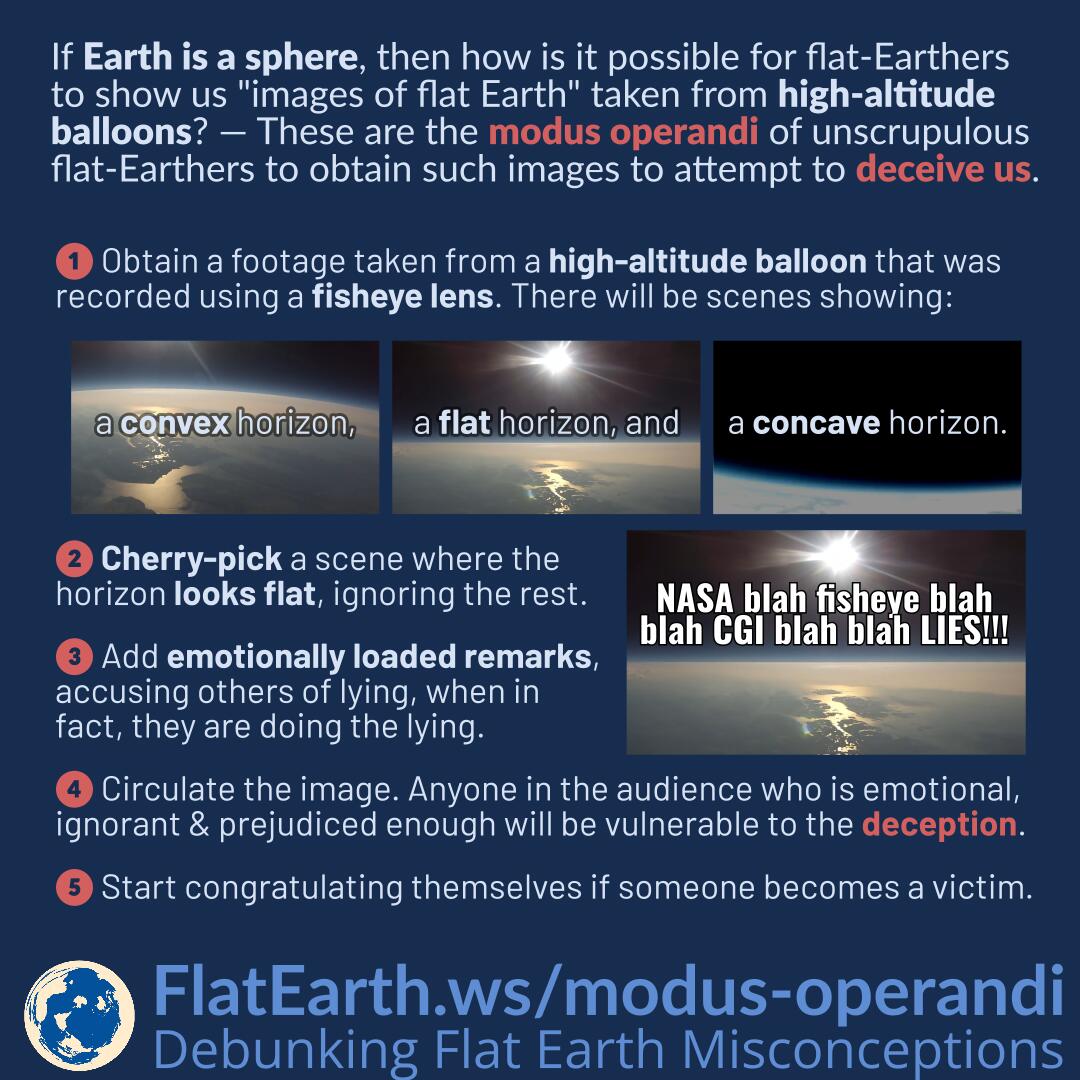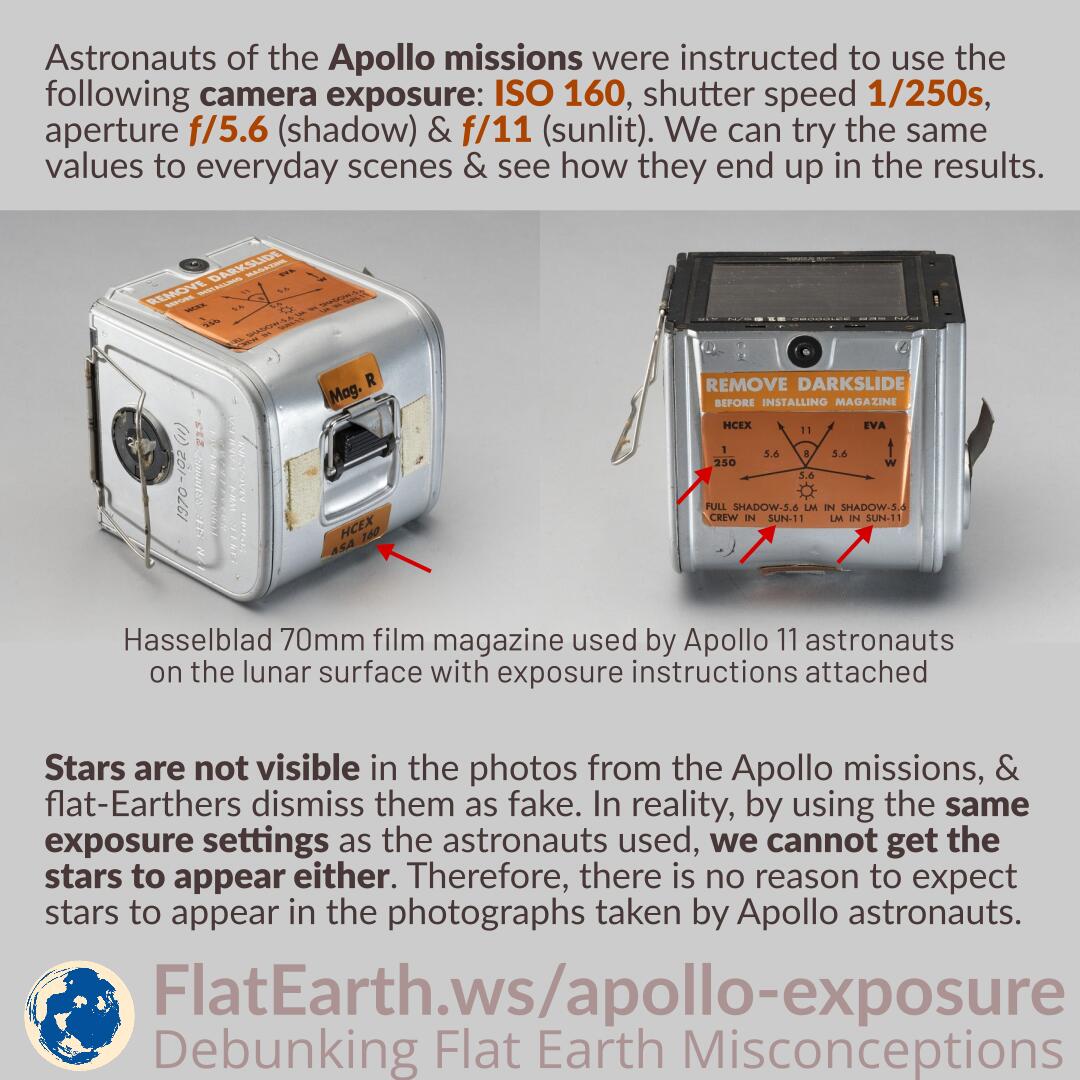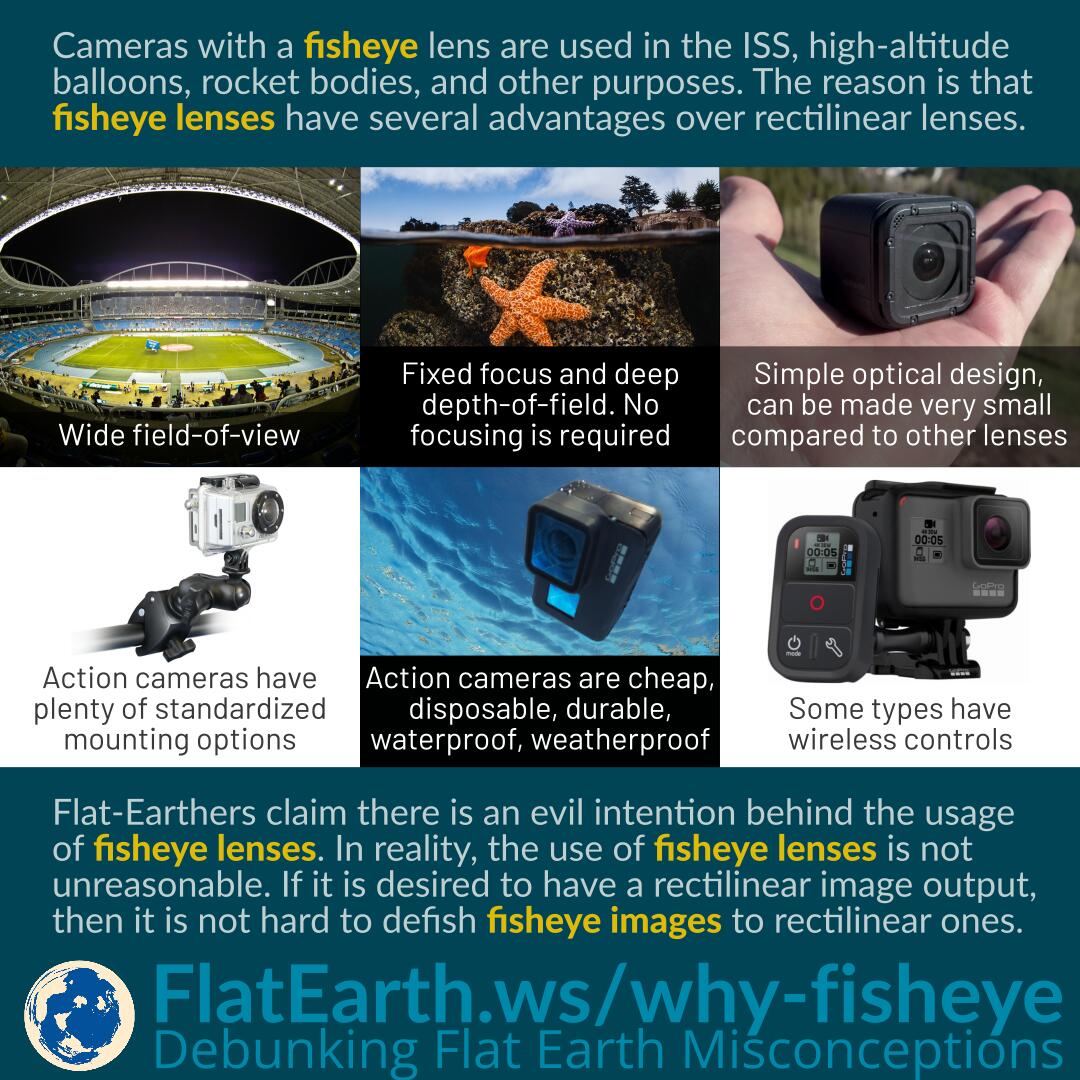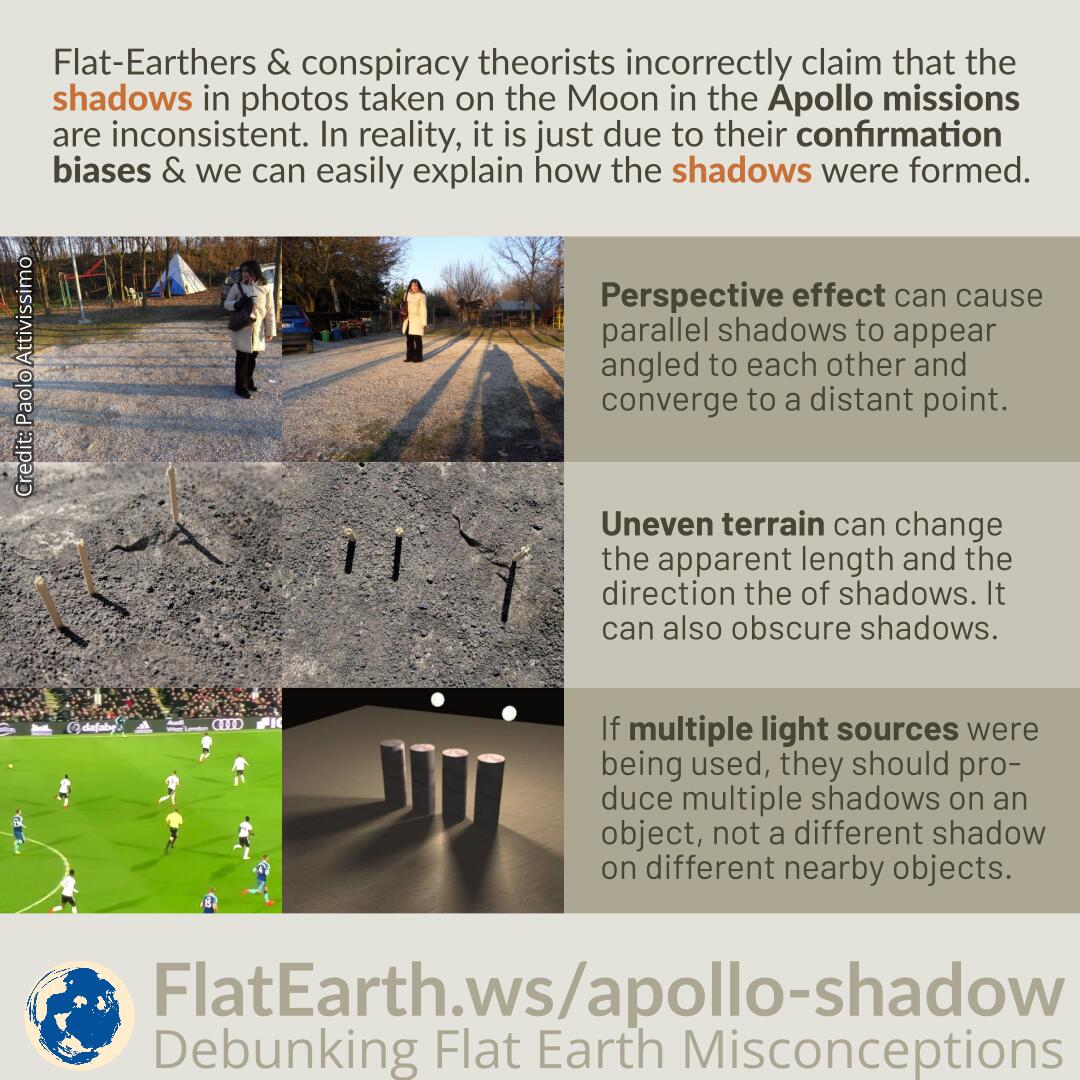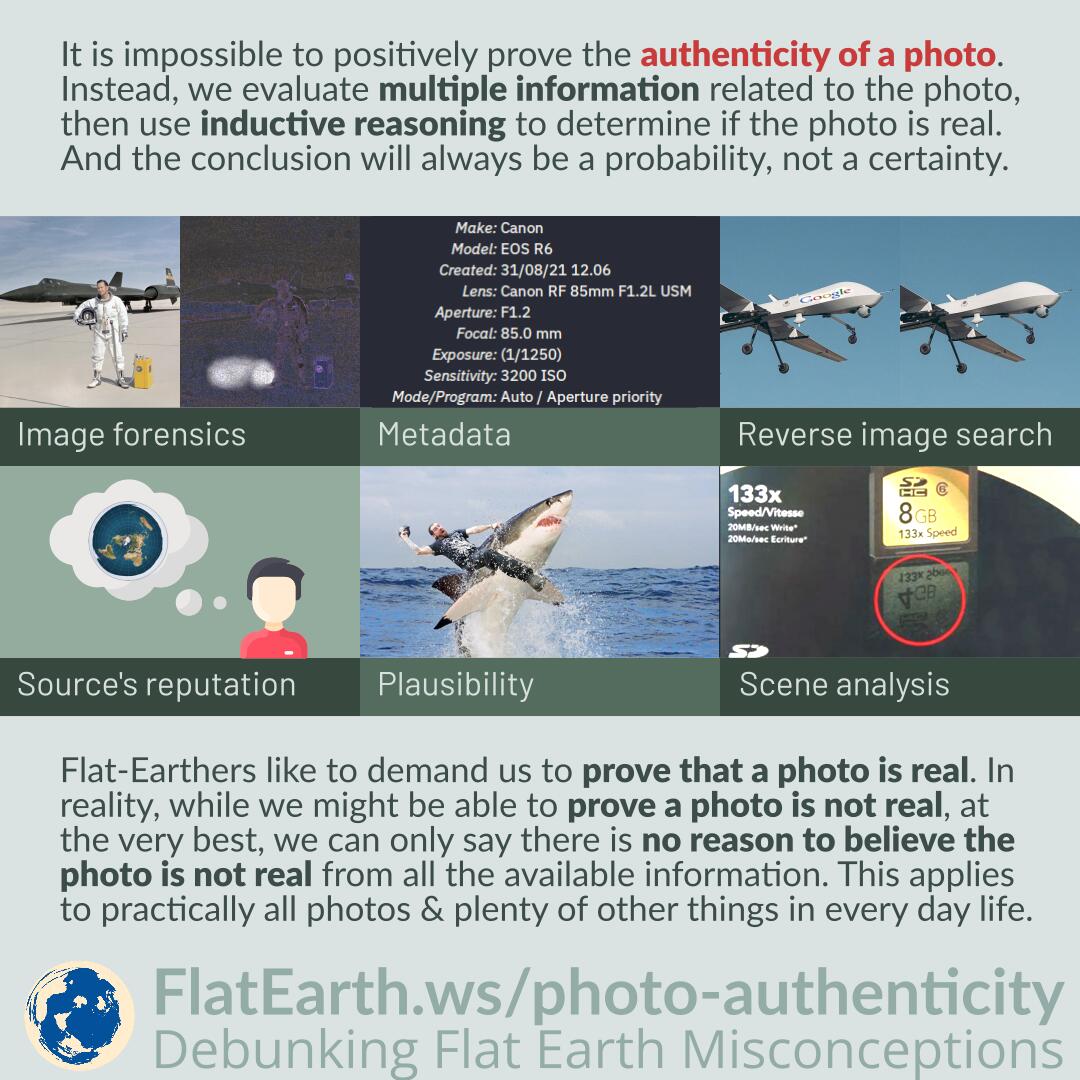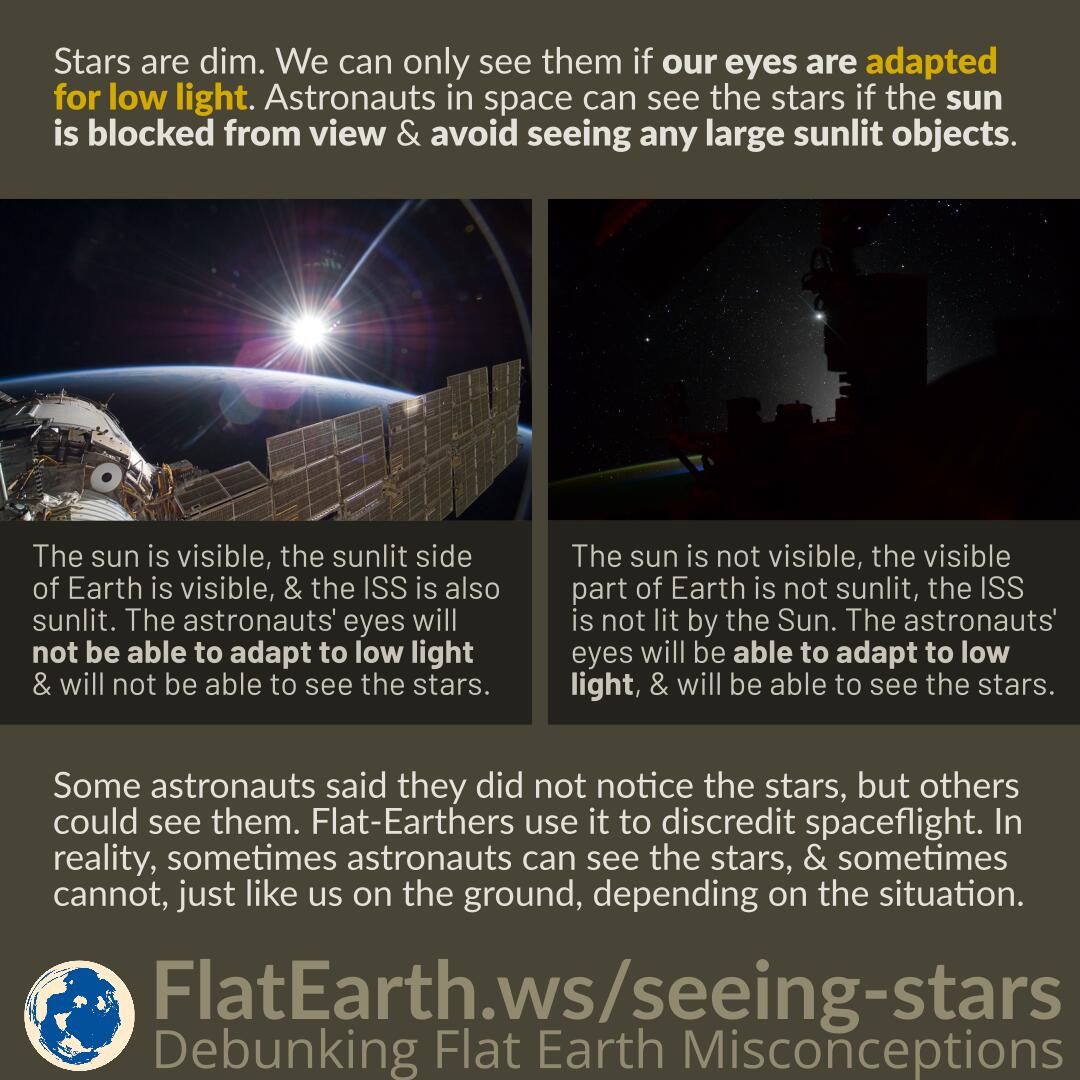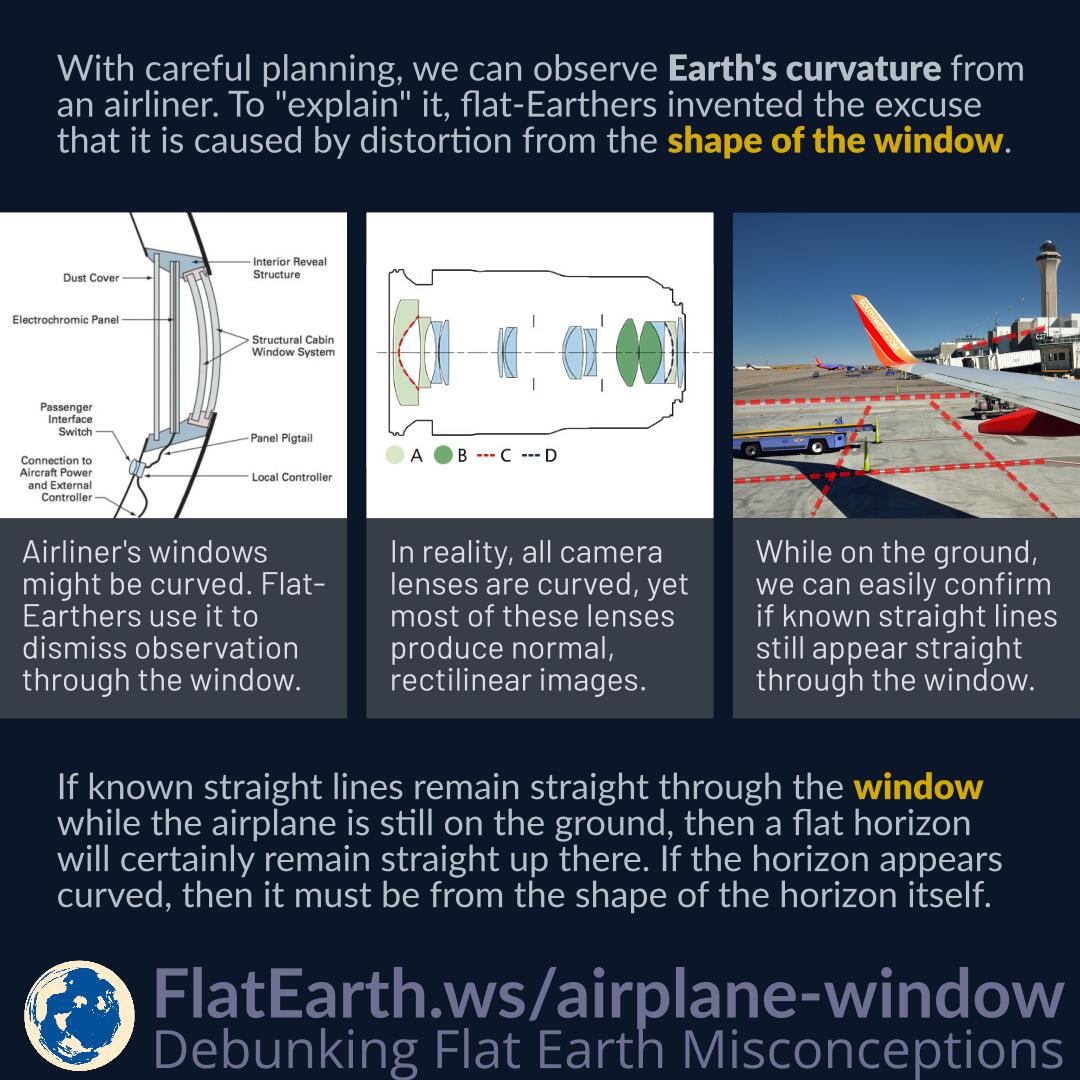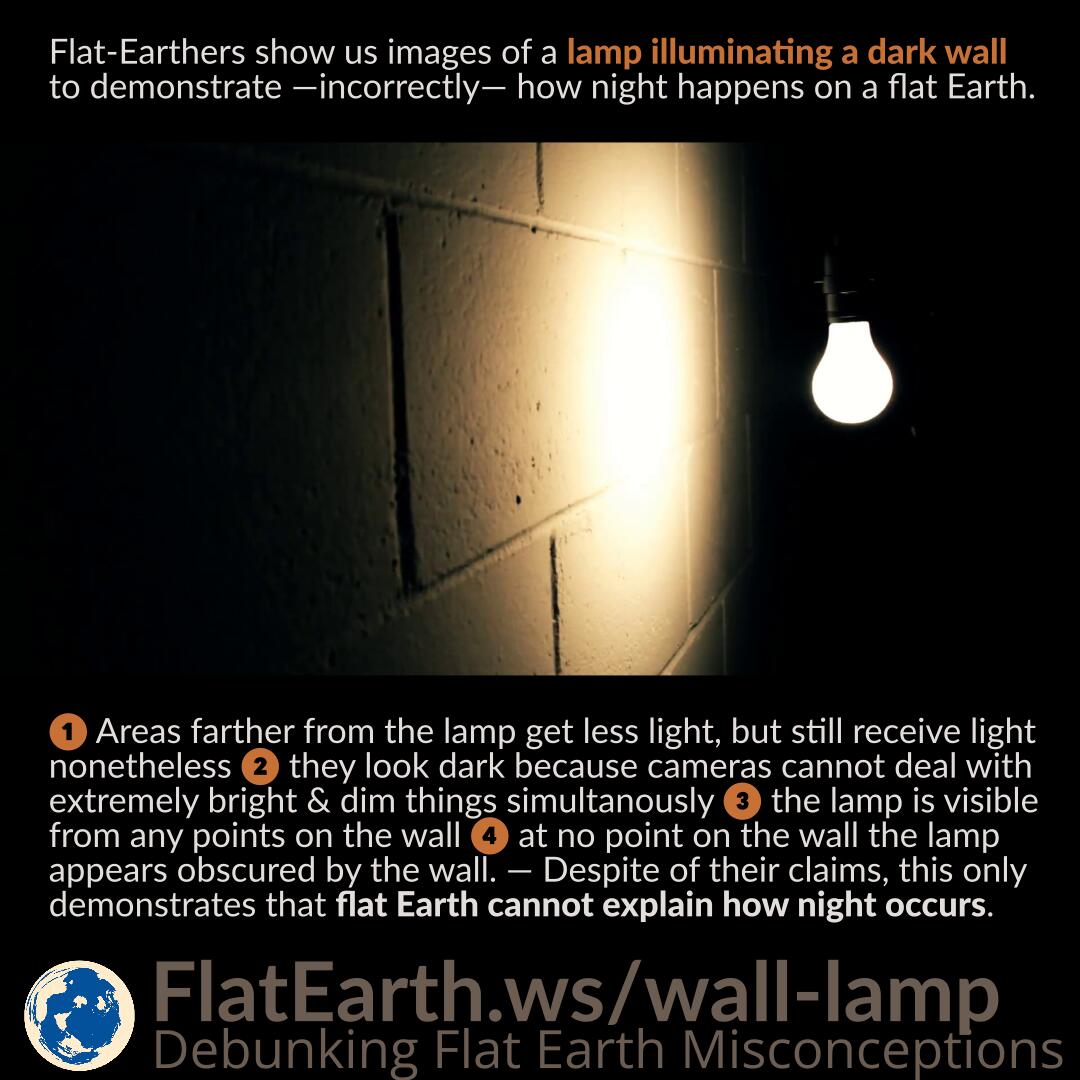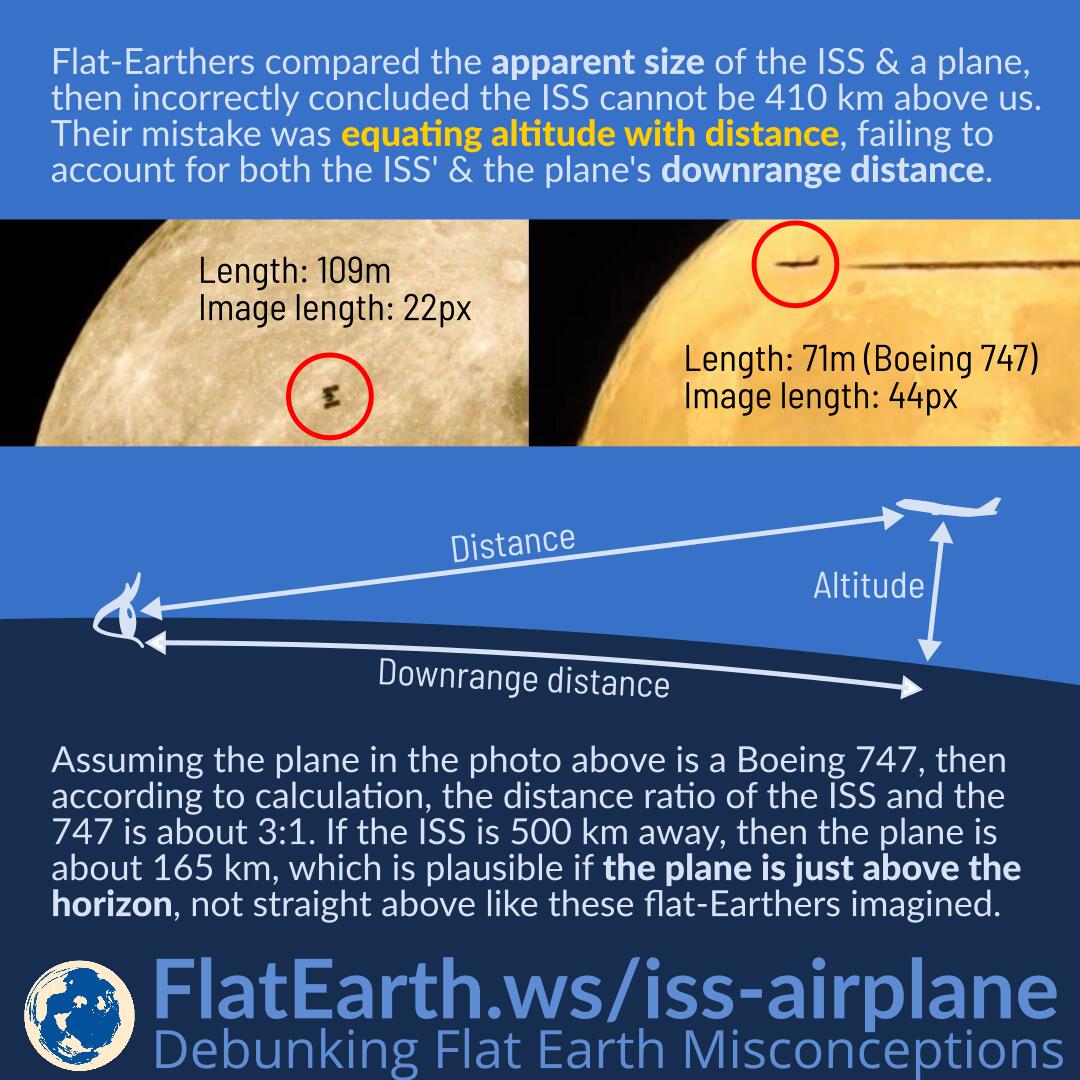Image noise is a random variation of brightness or color information produced by a photo film or digital sensor. Image noise is an undesirable by-product of photography and does not come from the actual objects in the picture.
Image noise can be in the salt-and-pepper type, forming bright dots in the dark parts of the image. When appearing in the dark part of the Moon, flat-Earthers incorrectly claim they are stars, “proving” that the Moon is transparent. In reality, these are just image noise, not part of the actual objects.
Continue reading “Image Noise and The “Transparent Moon” Misinformation”





